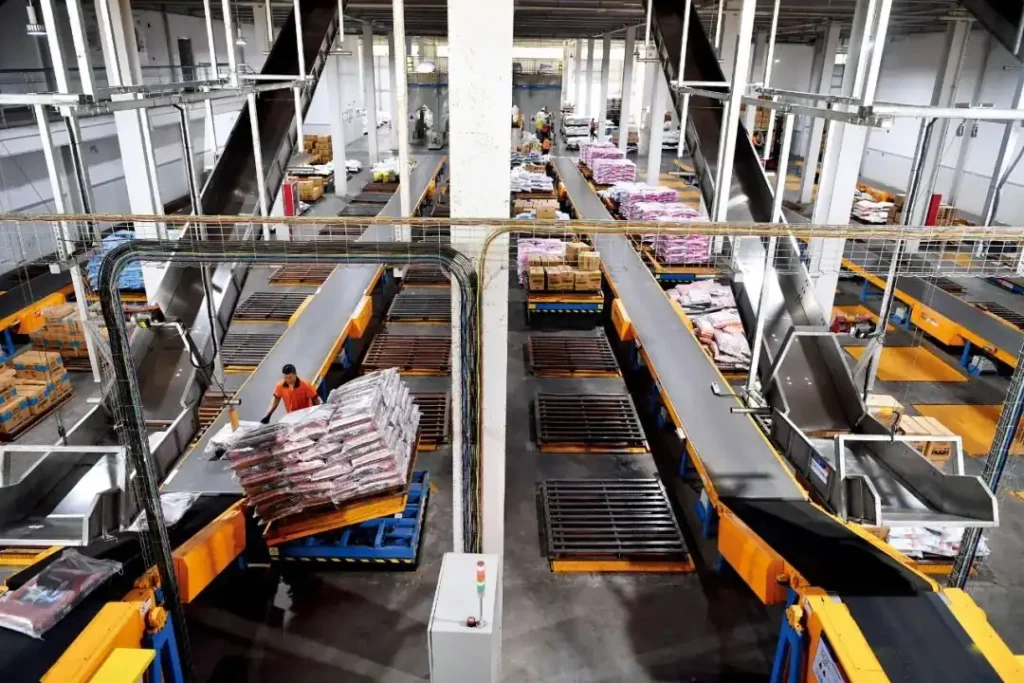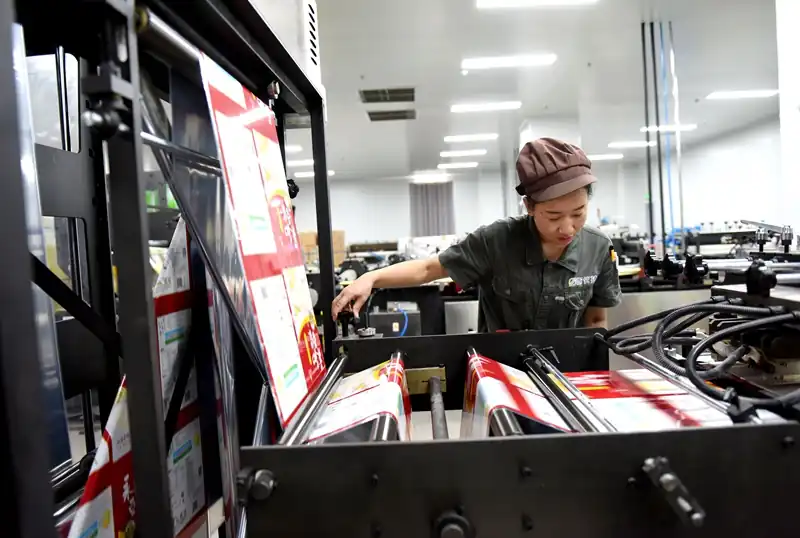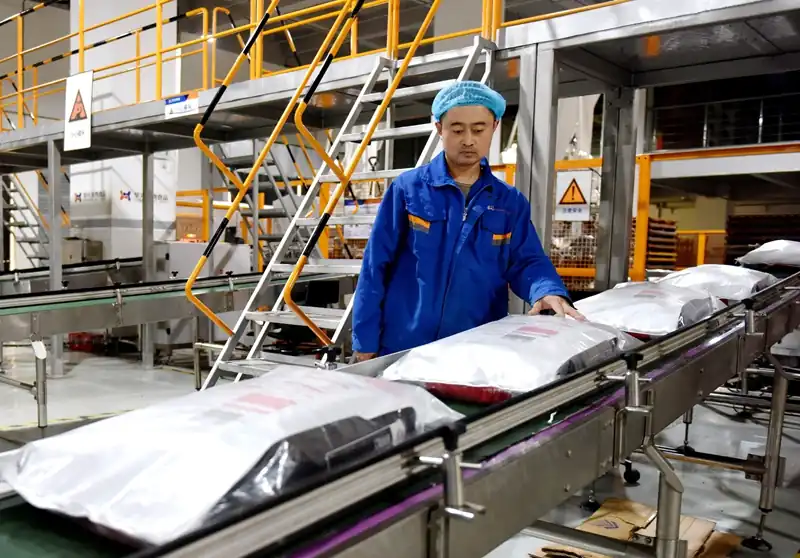In Nanhe County, Hebei Province, during the height of summer, bags of pet food are produced inside the workshops of pet food enterprises, accompanied by the roar of machinery. Outside the warehouses, large trucks with license plates from various regions line up, waiting to be loaded. Here, the pet industry is booming.

Starting from the first enterprise’s transformation in 2002 to today’s 40 large-scale pet food production enterprises, over 330 registered pet food brands, an annual production and sales volume of 650,000 tons, and an annual output value exceeding 5.2 billion RMB, Nanhe County has transformed from an unknown inland small county into a pet food industry base that occupies over 60% of China’s pet food market share. In 2017, Nanhe was awarded the title of “China’s Pet Food Town” by the Pet Industry Committee of the China Association for the Promotion of International Agricultural Cooperation.
According to Zhao Na, a staff member of the Pet Industry Office of the Nanhe County Bureau of Agriculture and Rural Affairs, the development of Nanhe’s pet industry can be traced back to 2002. At that time, Nanhe had more than 50 livestock and poultry feed enterprises, but due to market saturation, profits were very low, and there was an urgent need for transformation. “At that time, pet food was already very popular in the market, so the government guided enterprises to switch to pet food, and within a few years, they opened up the market.”

“In the beginning, we could only produce low-end food and relied on low-price competition. Later, with the growth of enterprises and government guidance, we began to pursue diversified brand development.” As the head of a local 11-year-old pet food enterprise, Wang Hongguang has witnessed the difficult beginnings of starting a business with 3 people, 30,000 RMB, and 2 mu of land, to today having over 400 employees and more than 10 brands. He has personally experienced the challenges of entrepreneurship and also witnessed the development of Nanhe’s pet industry.
In recent years, although there has been an increasing number of domestic and foreign competitors, Wang Hongguang is still very optimistic about the prospects of the pet industry. “In the most developed pet industry country, the United States, one-third of families own pets. China currently only has one-tenth, so there is still a huge market.”
In recent years, the growth momentum of pet owners and the pet industry scale in China has been rapid. According to the “2018 China Pet Industry White Paper” released by Goumin.com, a Chinese pet online social platform, in conjunction with the Asia Pet Show, the consumption market size of pets (dogs and cats) in China reached 170.8 billion RMB in 2018, a 27% increase compared to 2017, and the number of urban pet owners reached 73.55 million (including aquarium pets).
“Compared with developed pet industry countries such as the United States, France, and Germany, China’s pet industry started relatively late, and high-end pet food and medicines are mostly dominated by foreign brands.” Yu Zhihai, a teacher in the Pet Science Department of Shandong Vocational Animal Husbandry and Veterinary College who has long focused on the pet industry, said that pet food produced in Nanhe accounts for about 70% of the market share in Weifang, Shandong, with mid-range pet food accounting for the largest proportion.
“The pet industry is a sunrise industry with great potential,” Zhao Na said. Although Nanhe’s pet food has large sales nationwide and is even sold to Southeast Asia, it cannot be denied that the local pet industry chain needs to be further improved. “Detailed plans have been formulated to strengthen quality improvement, promote a sales model combining physical agents and e-commerce, and promote the development of the entire industry chain, including pet medical care and grooming.”
With the growth of Nanhe’s pet industry, an increasing number of local people who previously worked elsewhere are choosing to return home for employment. “Now I can work without leaving home, and my income has increased by one-third compared to working outside. I am very satisfied,” said Wang Ruqiang, 39 years old, who now works in a pet food enterprise in Nanhe County. In Nanhe, there are approximately 33,000 people like Wang Ruqiang employed in the pet industry.

In 2018, Nanhe and the Pet Industry Committee of the China Association for the Promotion of International Agricultural Cooperation launched a joint construction project for the “Capital of China’s Pet Industry.” In the future, the story of Nanhe’s people and the pet industry will continue to be written.
